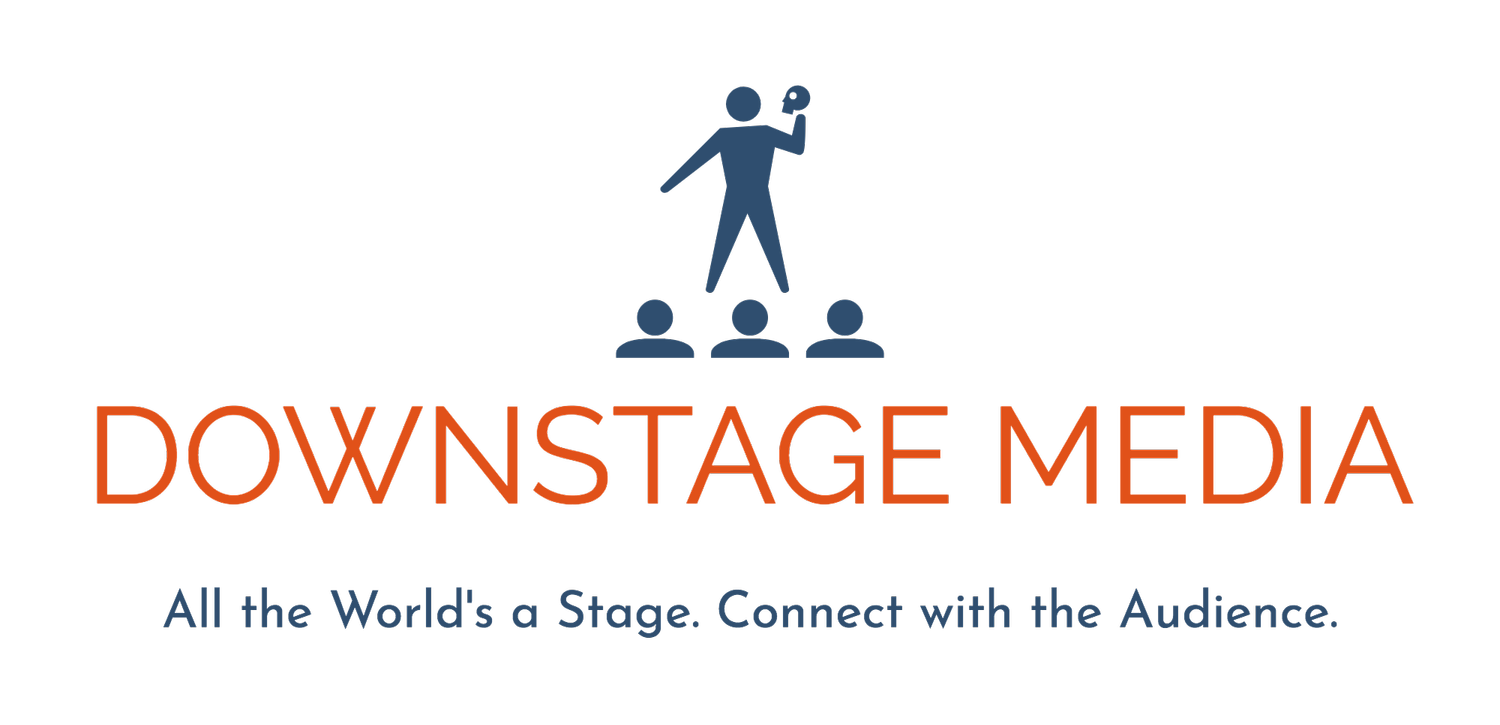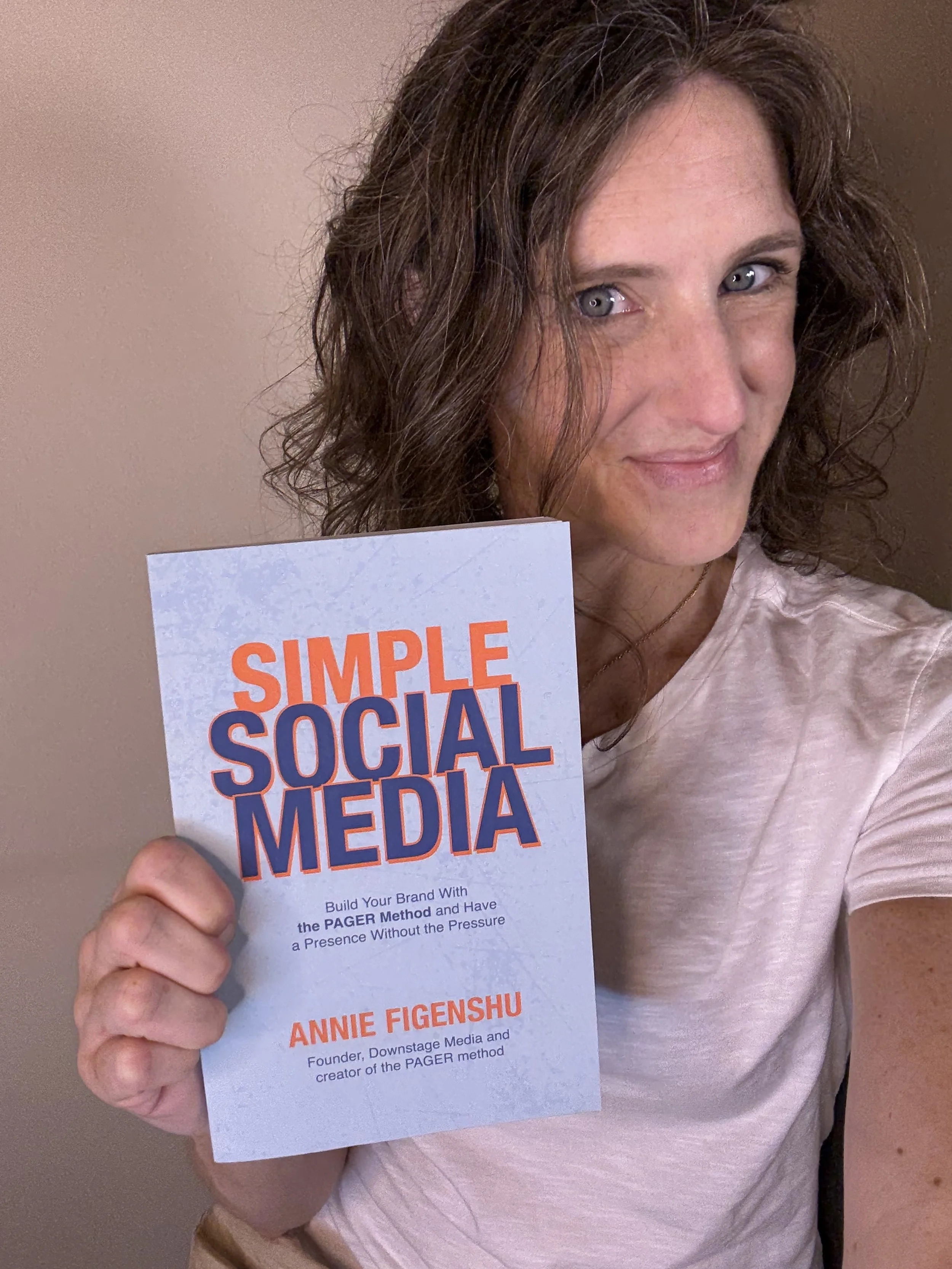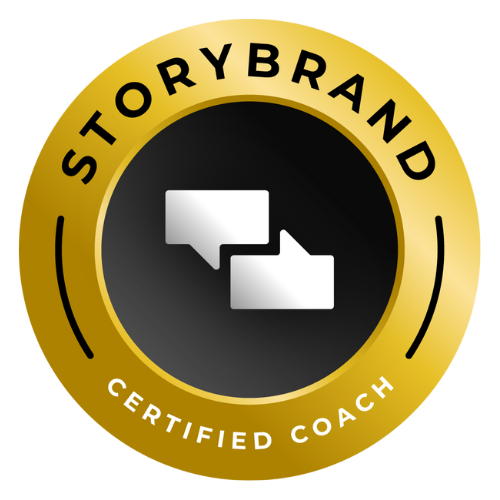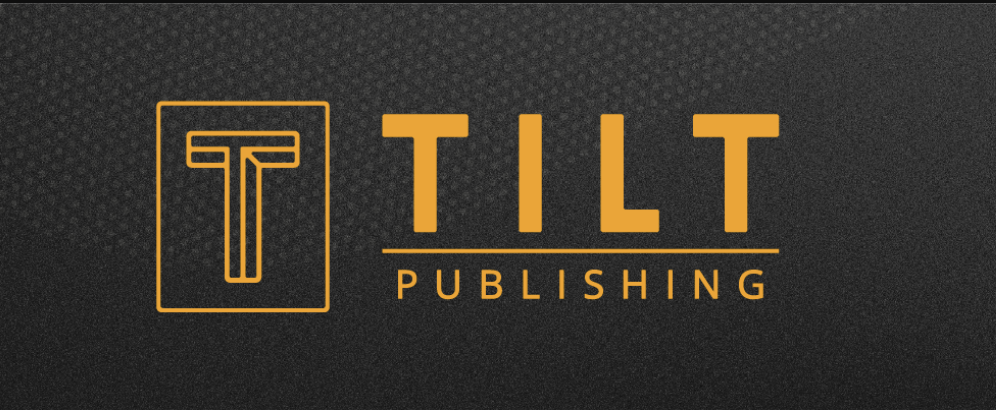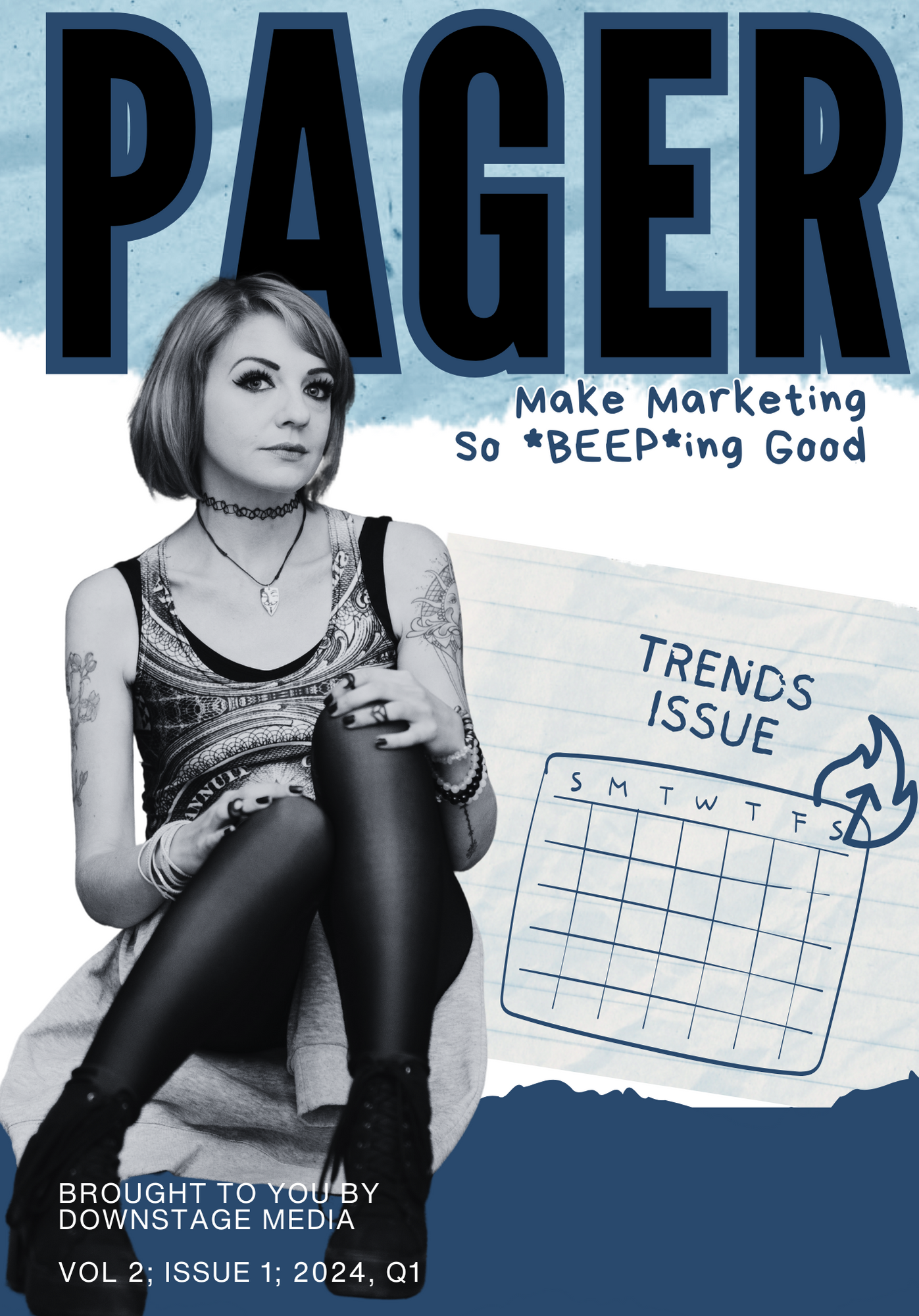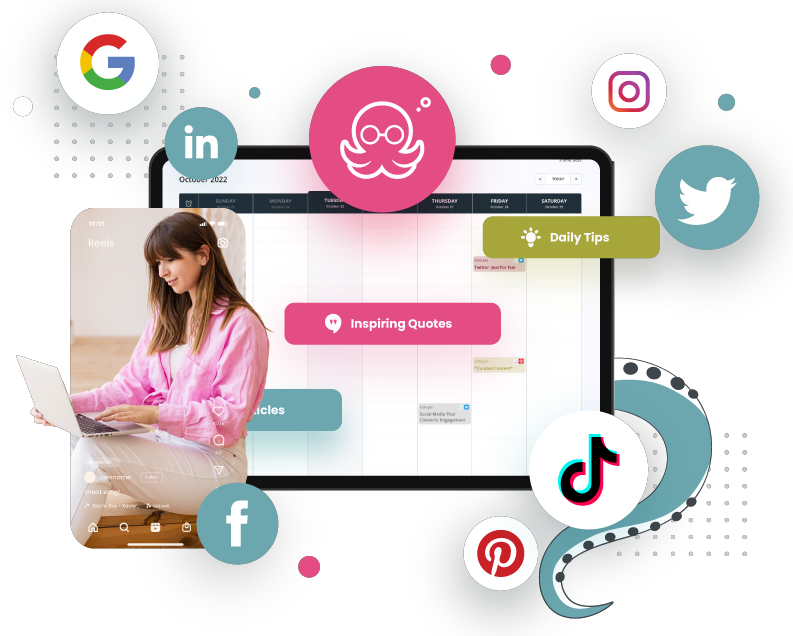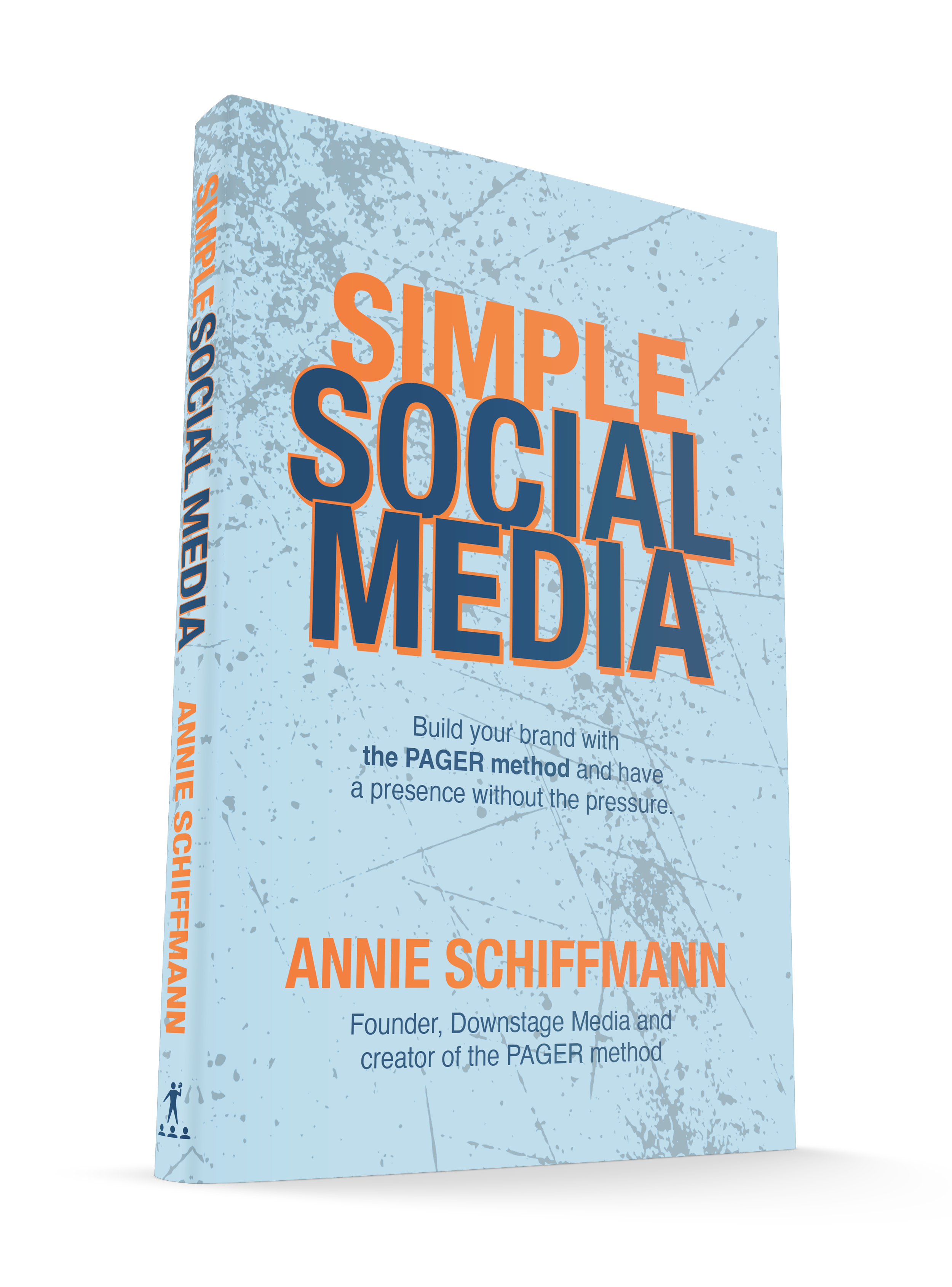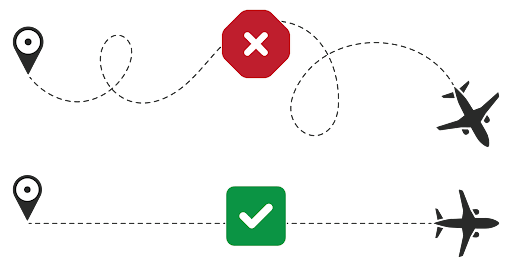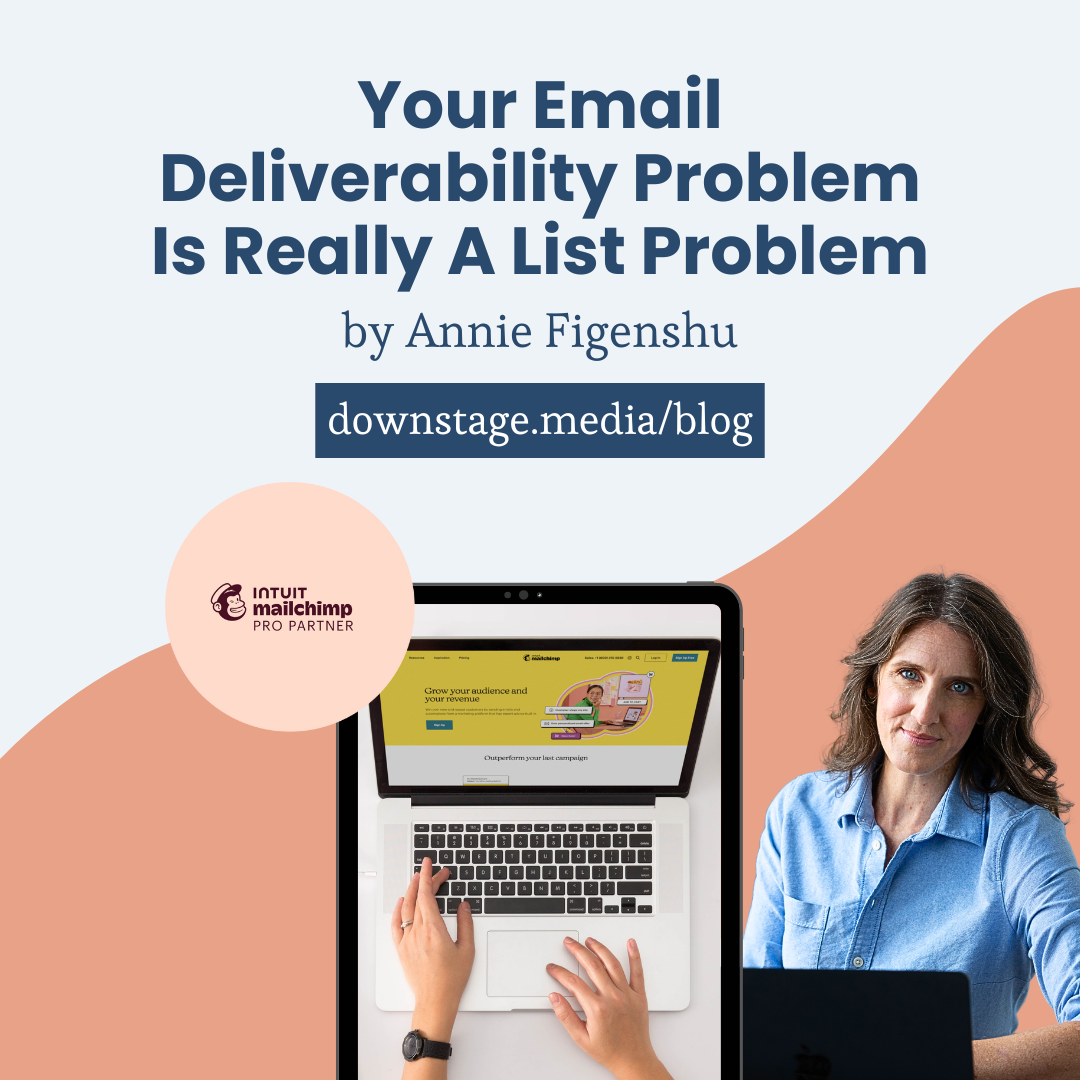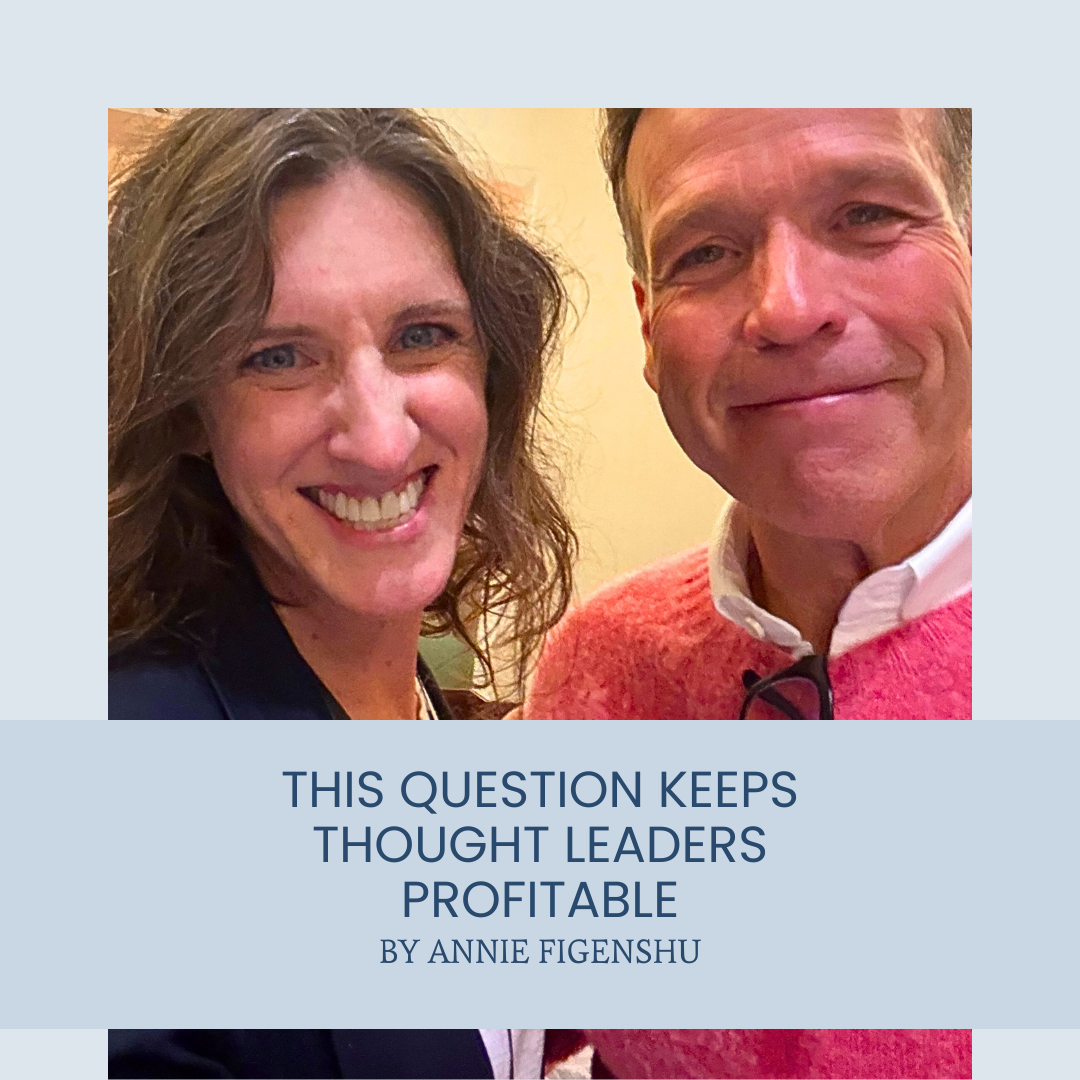StoryBrand for Content Marketing: Using Frameworks to Improve Blog Posts, Social Media Posts, and Email Campaigns
You might notice some posts reference Annie 'Schiffmann'. That’s me! Here’s the story behind my name change.
StoryBrand for Content Marketing:
Using Frameworks to Improve Blog Posts, Social Media Posts, and Email Campaigns
You know that what you offer is great. If you’re not clear on what you say in your marketing, though, it’s hard for your audience to get it. The StoryBrand framework puts your customer at the center of your message. They see themselves right away in what you do. And they see how it makes their lives better. By using the StoryBrand frameworks in your blogs, social media, and email marketing, it makes customer-focused content creation that much faster. I’ll break down how to use StoryBrand in each of these areas so that your content marketing can finally start doing what it was designed for — building relationships with your audience so they want to do business with you.
What is StoryBrand and Why Does it Work So Well
Consistent, Customer-Focused Content Fast
How to Use StoryBrand to Create Blogs that Convert
How to Use StoryBrand in your Email Marketing
5 Steps to Implement StoryBrand Across Your Content Marketing
Imagine What’s Possible with StoryBrand in Your Content
“The StoryBrand framework isn’t just a marketing tool; it’s a guide for creating clear, compelling content that connects, whether it’s in your blog posts, social media, or email campaigns.”
What is StoryBrand and Why Does It Work So Well
If you’ve ever felt like your marketing message is all over the place, you’re not alone. This happens all the time with companies—what they say in social media posts is not quite the same as what’s in their emails, and it’s different from what they say when speaking directly to a customer. Many brands struggle to communicate consistently because they don’t have a clear, cohesive message in place. Worse, they often focus more on what they offer than on what their customers truly need.
As a StoryBrand Certified Guide, I help brands simplify their message using the StoryBrand framework—a practical, proven approach that makes your message clear, compelling, and centered on your customers. It’s not just another marketing buzzword; it’s the key to creating consistent, customer-focused communication across all channels.
The Seven Core Elements of the StoryBrand Framework
The StoryBrand framework works by treating your brand message like a story—one where your customer is the hero and your brand is the guide. Here’s a breakdown of the seven elements:
Character: Your customer, not your brand, is the hero of the story. The key is to focus on their wants and needs from the start.
Problem: Every hero faces a problem. The framework breaks it down into three levels—external, internal, and philosophical—so you can connect with your audience on a deeper level.
Guide: That’s you! Your brand plays the role of the guide, offering wisdom, empathy, and authority.
Plan: You need a clear plan that tells your customer how to solve their problem. This could be as simple as “Schedule a Call” or “Download Our Guide.”
Call to Action: Be direct and clear—tell your customer exactly what to do next, like making a purchase or booking a consultation.
Success: Paint a picture of what success looks like once they follow your plan. It’s all about showing them how much better their life will be.
Failure: Don’t be afraid to remind them of what’s at stake. What happens if they don’t take action? Will they continue to struggle with the same problem?
I’ve been using the StoryBrand framework with my clients for years. When they clarify their message it not only makes sense to them but also resonates with their audience. When they apply this approach, their audience understands clearly what they offer, how it makes their lives better, and how they can get it.
StoryBrand works because it shifts the focus from your brand to your customer—creating a story they can see themselves in. It’s this shift that can turn confusing marketing into clear, compelling messaging that drives results.
Consistent, Customer-Focused Content - Fast
Lots of businesses like the StoryBrand framework because it gives them an instant, customer-centric way of looking at their offerings. So it’s natural to want to extend it into other aspects of your marketing - especially your content marketing. When you take a StoryBrand approach making content not only becomes easier but also more consistent and faster.
By following StoryBrand’s structured approach, you’re not starting from scratch every time you create content. Instead, you’re using a clear framework that keeps the focus on your customer’s needs. Here’s how it works:
Keeps You on Message: When your content follows the same structure, it creates consistency across channels—whether it's a blog, social media post, or email campaign. It ensures that every piece of content reinforces the same clear message, making it easier for customers to understand what you offer, why they need it, and how they can get it.
Eliminates the Guesswork: With the StoryBrand framework guiding your content, you know exactly what to say and how to say it. This cuts down on the time you spend brainstorming and editing, freeing you up to create content that’s both high-quality and high-converting.
Makes Every Piece of Content Customer-Focused: StoryBrand’s focus on the customer as the hero means that your content will naturally speak to their needs, frustrations, and desires. This approach builds trust faster, which ultimately drives more engagement and results.
The StoryBrand framework isn’t just about clarity—it’s about efficiency. By using a framework that keeps your customer at the center of your message, you’ll create compelling content quicker and more consistently.
Creating Blogs that Convert with StoryBrand
Blogging can be a powerful tool for your business—if done right. But too often, blogs turn into endless paragraphs about what a company does, instead of how they solve a customer’s problem. This is where StoryBrand truly shines. It keeps your content focused on your customer’s needs, making sure your post is clear, compelling, and relevant.
Using StoryBrand in Your Blog Posts:
Start with the Customer’s Problem Begin your blog with a hook that speaks directly to your reader’s pain points. What’s keeping them up at night? Get real, get specific, and make them feel seen.
Position Your Brand as the Guide Don’t just talk about how great your brand is—show empathy for your reader’s struggle. Then, back it up with a dose of authority, like a success story, statistic, or your unique expertise.
Include a Clear Call to Action Every blog should end with a purpose. Make your call to action direct and specific—whether it’s downloading a resource, signing up for a webinar, or scheduling a call. Make it easy for your reader to take the next step.
By applying StoryBrand principles to your blogs, you’re not just publishing more content. You’re publishing more effective content. Remember, it’s not about logging more words for SEO or bots, it’s about showing you’re the clear expert.
How to Use StoryBrand in Your Social Media Content
Simple Social Media, available now.
In the blog post, “Using StoryBrand for Social Media,” I dive into how you can apply the StoryBrand framework to create compelling content that connects with your audience's needs while avoiding fluff or overly promotional messages. By structuring your social media posts around Problem, Guide, and Call to Action, you can make sure every post has a purpose .
Meanwhile, in “Boost Your Social Media Strategy: How to Use Your BrandScript with the PAGER Method,” I show how to blend the StoryBrand framework with my PAGER method—a strategy that makes sure your BrandScript gets the right amount of airtime while keeping your feed balanced and engaging. This approach involves using your BrandScript in Promotional content so that your audience takes action.
When you use these strategies, you can consistently deliver social media content that converts.
How to Use StoryBrand in your Email Marketing
Get Your Emails Opened, So Subscribers Take Action
Email marketing can be one of the most powerful tools in your marketing toolkit—if it’s done right. The trouble is, too many emails sound like generic blasts that could come from anyone. The StoryBrand framework changes that by making your emails feel personal, relevant, and clear.
How to Write “StoryBranded” Emails That Get Results:
Lead with Empathy Start with a strong hook that immediately connects with your reader’s pain point. Acknowledge their struggle—whether it’s feeling stuck, wanting a quick win, or trying to save time. The goal is to make them feel seen and understood right from the start.
Guide with Authority and Clarity Your emails shouldn’t just deliver information; they should offer solutions. Use the StoryBrand framework to position yourself as the trusted guide, sharing a quick win, a helpful tip, or a short case study that shows you know what you’re talking about.
Make the Call to Action Irresistible Don’t settle for a boring “Click Here” button. Your call to action should be clear, direct, and urgent. Whether it’s inviting them to a free consultation, offering a limited-time discount, or sharing a downloadable guide, make the CTA too good to ignore.
Why StoryBrand Works for Email
StoryBrand simplifies email marketing by removing the guesswork. It’s not about being clever—it’s about being clear. When your audience understands exactly how you can help them, they’re more likely to click, reply, or take action.
As a Mailchimp Pro Partner, I specialize in setting up automated campaigns that keep your message consistent, clear, and targeted to the right people. This combination of StoryBrand clarity and Mailchimp automation turns your emails into a powerful tool for real results.
5 Steps to Implement StoryBrand Across Your Content Marketing
Craft Your BrandScript: Use the StoryBrand framework to clarify your message and understand just what problems you solve for your customers
Apply StoryBrand to Your Blogs: Make your blogs more compelling by focusing on the reader’s problem and guiding them toward a solution.
Use StoryBrand on Social Media: Integrate your BrandScript into posts while keeping the content balanced with the PAGER method.
Write StoryBrand-Aligned Emails: Create emails that put the reader’s needs first and drive them to action.
Measure & Refine: Track engagement and conversions, making tweaks as needed to maintain clarity and consistency.
Imagine What’s Possible with StoryBrand in Your Content
Imagine your brand speaking the same clear, customer-focused message across your website, social media, emails, and more. Picture your audience pausing to read, watch, or listen to your content—not because it’s tapping into the newest trends, but because it speaks directly to what they need. It’s content that makes them say, “They get me, they get my problems, they know how to fix them.” You’ll see your relationships with your audience grow.
That’s the power of StoryBrand—it doesn’t just make marketing easier; it makes it effective.
Want to Use StoryBrand Across All Your Content?
If you’re tired of marketing that feels scattered, it’s time for a different approach. By integrating StoryBrand into your entire content strategy, you’ll create messages that convert—whether it’s through a landing page, a social media post, or an email campaign. Let’s get started! Schedule an intro call with me, Annie Figenshu, and we’ll map out how to align your message with the StoryBrand framework and apply it consistently across your channels.
Start Seeing Results
When you’re using StoryBrand the right way, everything changes. You’re no longer guessing what to say or where to say it. Your content strategy feels clear, aligned, and—most importantly—effective. Suddenly, marketing becomes a lot less stressful and a lot more rewarding. The clicks, conversions, and customer loyalty you’ve been chasing? They start to become a reality. StoryBrand isn’t just a tool; it’s the missing piece that makes your content marketing strategy finally click.
Let’s make that happen together.
